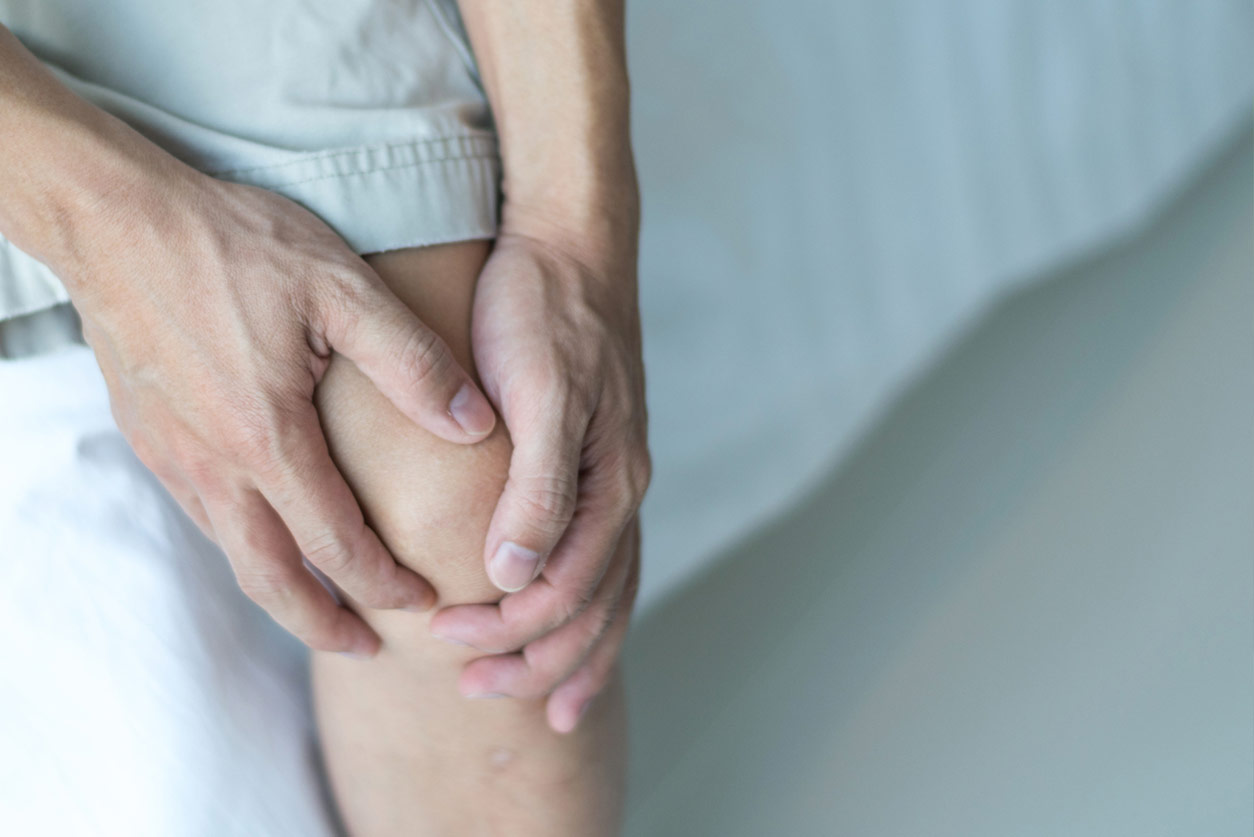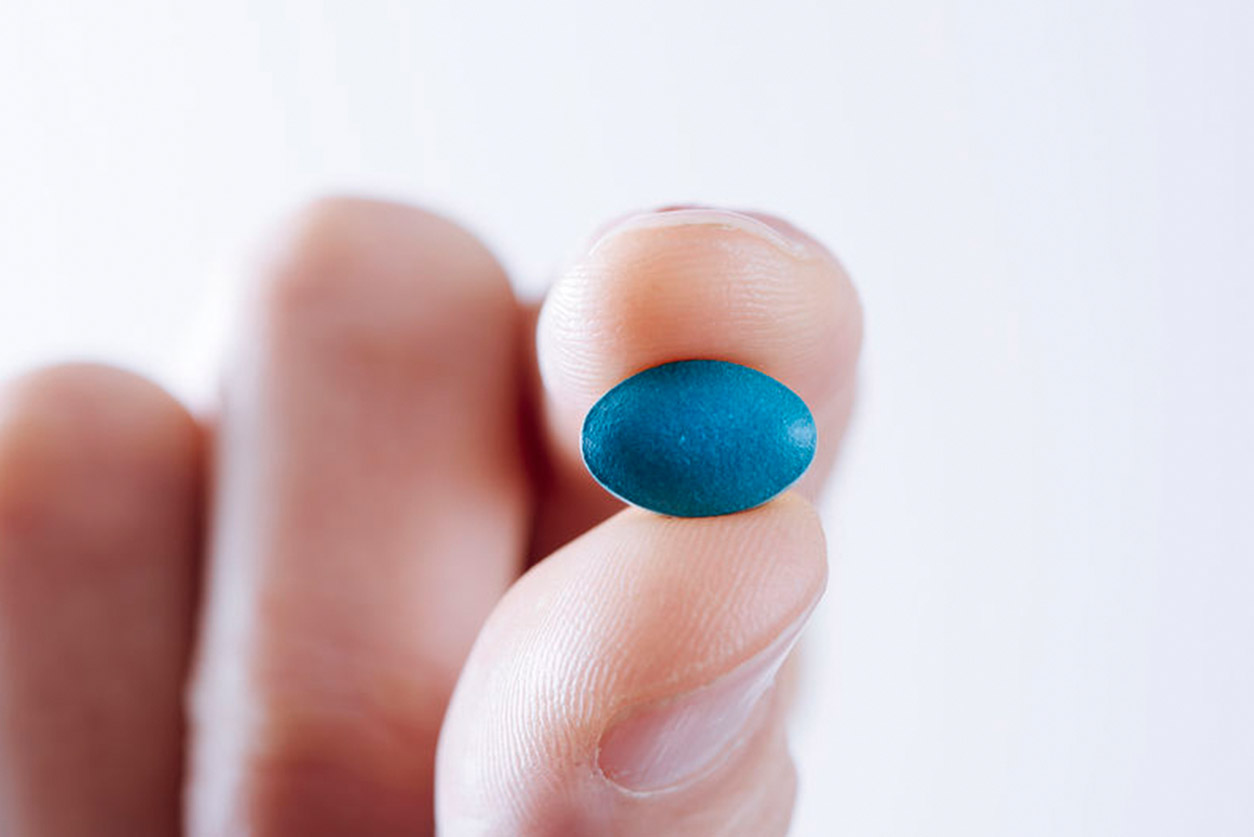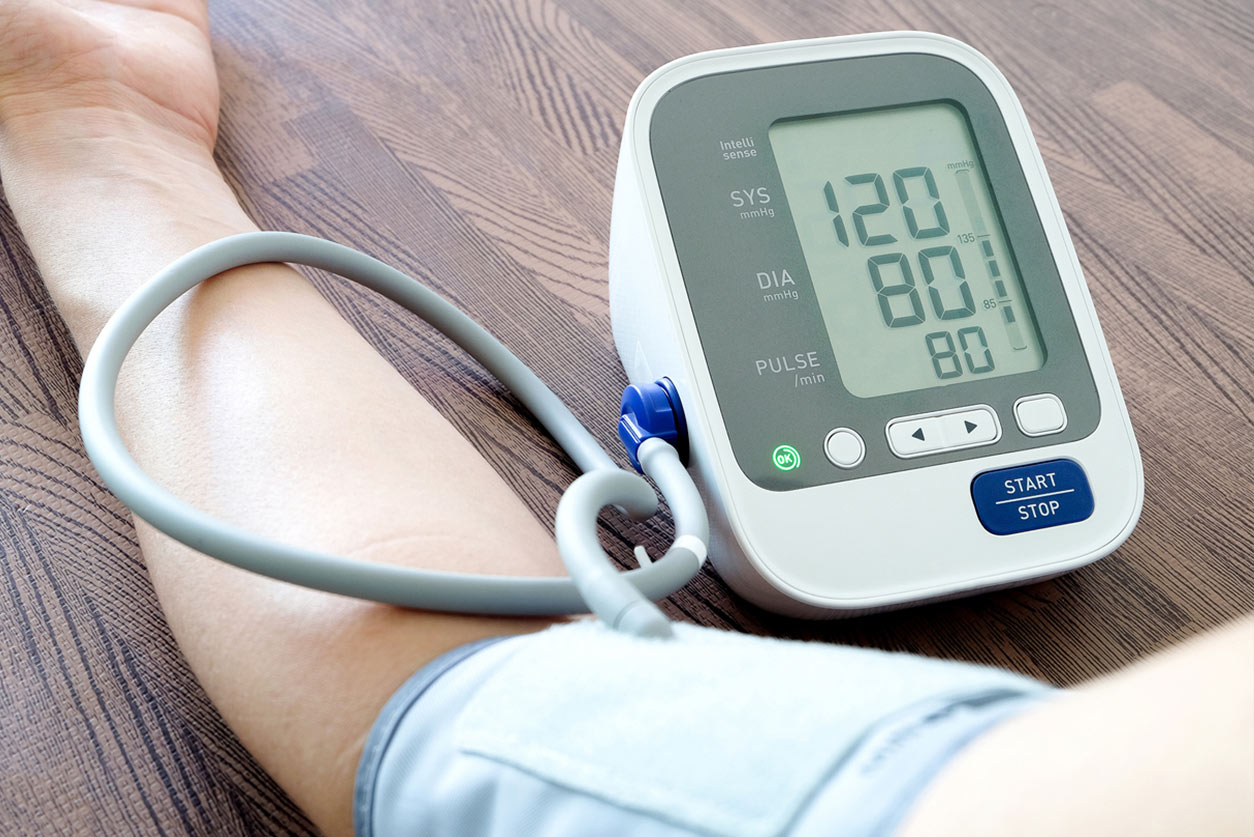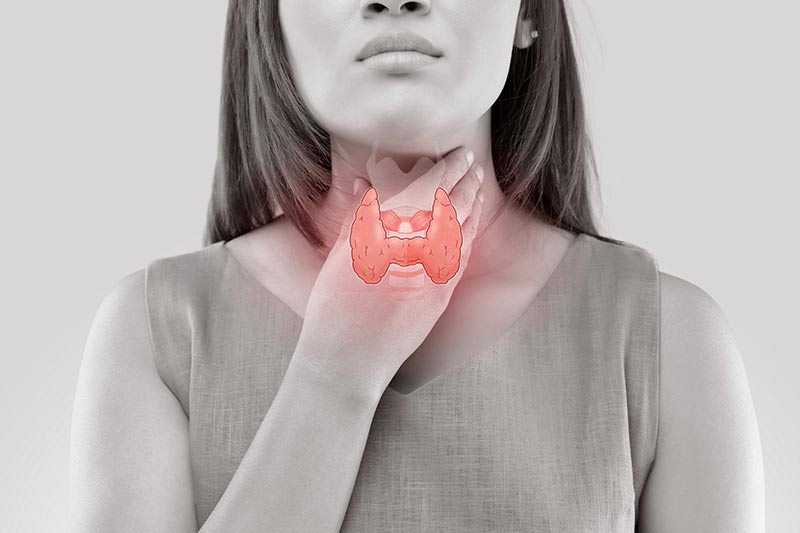Approximately 54 million adults in the US have diagnosed arthritis. 300,000 infants and children also have arthritis or a rheumatic condition. By 2040, it is predicted that the statistic will have reached 78 million.
There is currently no cure for arthritis. This is partly due to the fact there are multiple forms of the condition, but also because it is often difficult to determine its exact cause. The word is used to describe pain, swelling and stiffness in a joint or group of joints, or joint disease. These symptoms can vary in intensity from week to week, with many of the forms (such as osteoarthritis and rheumatoid arthritis) being long-term conditions.
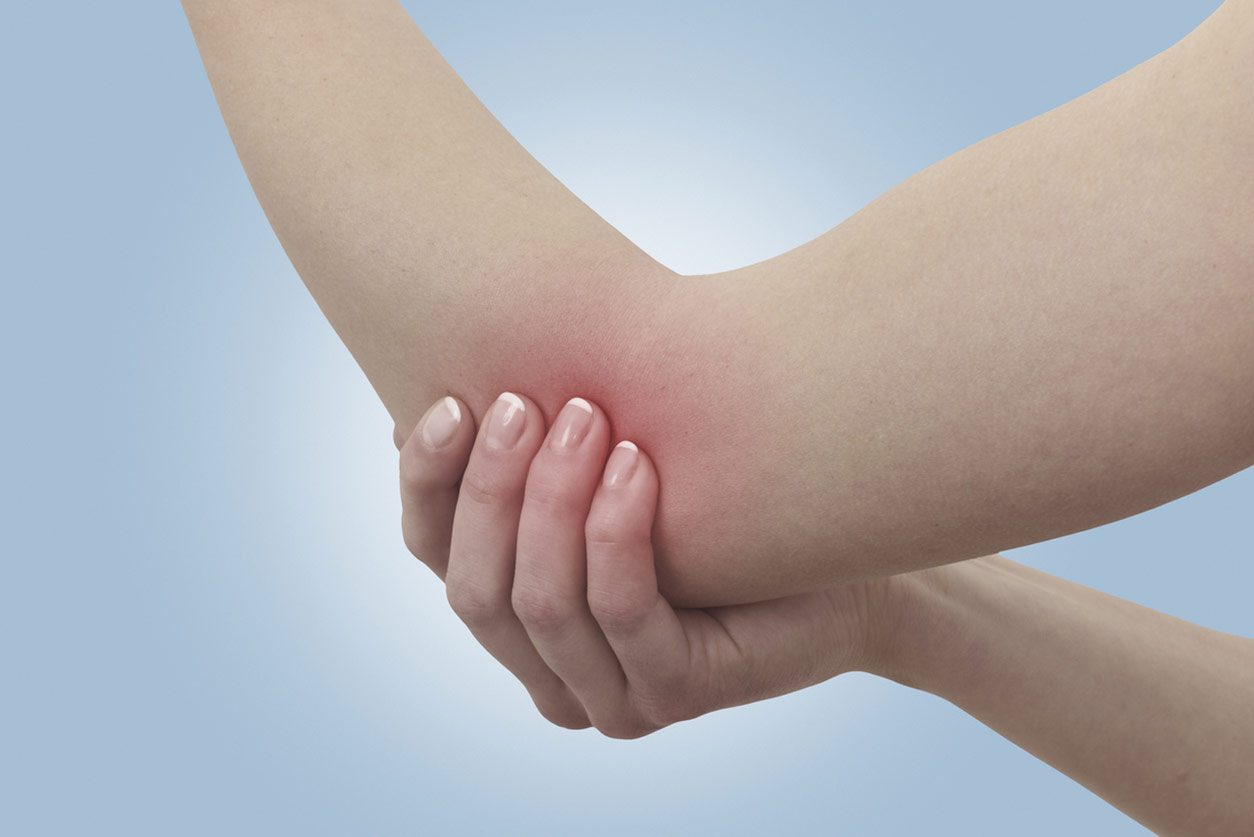
To help understand the condition and highlight potential treatments, we have provided a short guide to arthritis here.
Recognizing the symptoms of arthritis
What all forms of arthritis have in common is joint pain and inflammation. However, they can differ in severity depending on when you recognize the condition. This is why it is imperative you consult your doctor if you are suffering from any of the following symptoms:
- Tenderness or stiffness of joints
- Inflammation in and around the joints
- Restricted movement of joints
- Warm red skin over the affected joints
- Weakness and muscle wasting
It may be difficult to determine if these are indeed symptoms of arthritis as it is fairly typical to have minor aches and pains in your muscles and joints – especially if you have been exercising or taking part in other strenuous physical activity. However, it is always best to consult a doctor if you have had swelling or stiffness that you cannot explain or that has not alleviated after a few days.
Additionally, if it becomes painful to touch your joints, you should see a doctor. The earlier you get a diagnosis, the better the outcome. Should you suffer from further symptoms, return to your doctor and explain the reaction you are having to your medication.
Which type of arthritis do you have?
If you are suffering from joint pain, then in the first instance you need to consult your doctor. Provided the condition is indeed arthritis, then they will diagnose you as having one of a variety of types.
The two most common types of arthritis are:
Osteoarthritis – The most common form of arthritis which typically develops in adults over 40. Almost all joints can be affected by osteoarthritis, but the condition occurs most often in the knees, hips and hands.
Specifically, osteoarthritis is when the protective cartilage on the ends of your bones wear down and the body becomes unable to repair the damage itself. This creates pain, swelling and difficulty in moving the joint.
Once the cartilage lining starts to roughen and thin out, the tendons and ligaments have to work harder. This can cause further swelling and the formation of bony spurs called osteophytes.
Rheumatoid arthritis – An autoimmune disease, where your immune system confuses infection within your body and begins attacking the cells that line your joints (synovium).
This causes the thin layer of cells to become sore and inflamed. This inflammation in turn causes chemicals to be released that thicken the synovium which gradually stiffens up the joints, and harms nearby bones, tendons and ligaments.
While it is most commonly a problem for the wrists, hands and feet, it can occur in other areas of the body too.
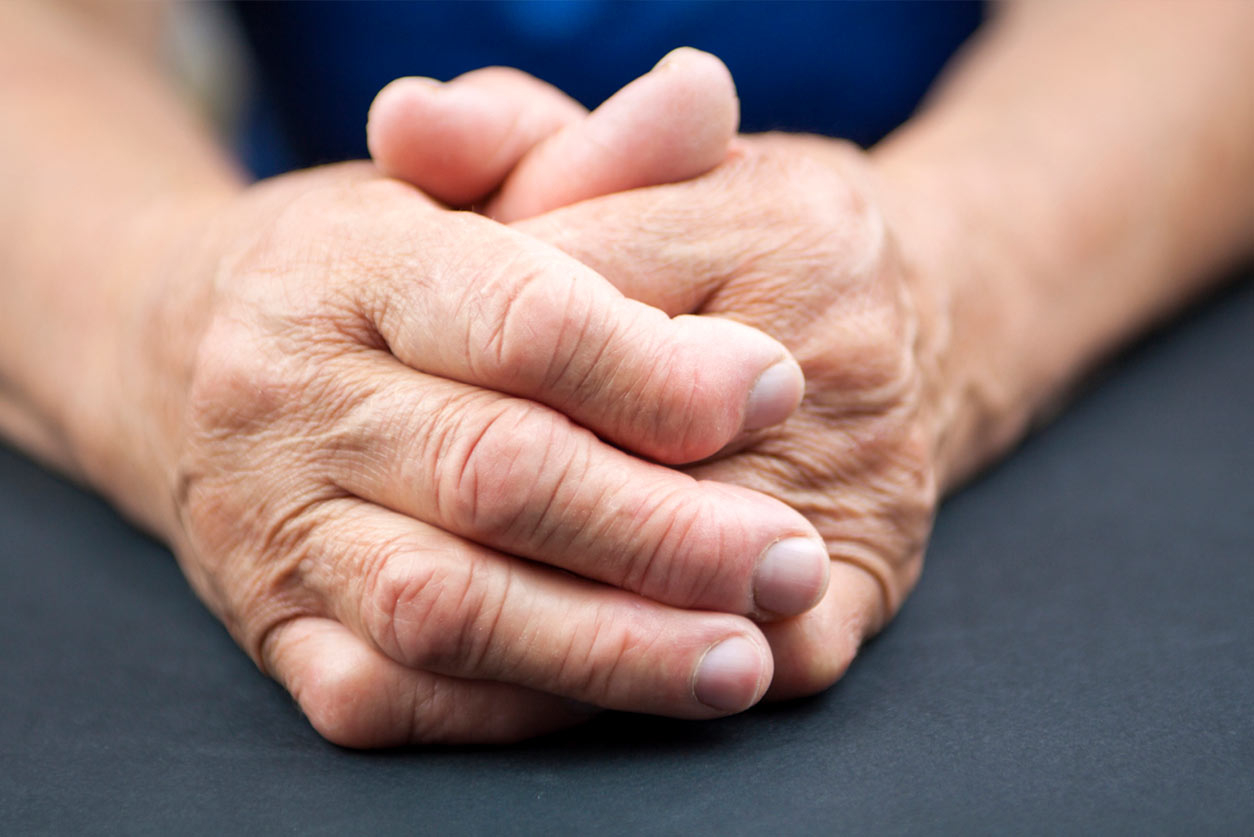
Less common forms of arthritis and related conditions
While the following conditions are similar to arthritis, they are less common and aren’t always joint diseases.
Psoriatic arthritis – a form of inflammatory joint condition that only affects those suffering with psoriasis.
Reactive arthritis – an inflammation of the joints, eyes and the urethra. It develops after an infection of the bowel, genital tract or throat.
Polymyalgia rheumatica – a condition that causes muscle pain and stiffness, usually across the shoulders and the tops of legs. It typically affects the over 50s.
Gout – a form of arthritis caused by too much uric acid in the body. Usually affecting the big toe, it can develop and swell up any joint.
Ankylosing spondylitis – a long-term inflammatory condition that affects the bones, muscles and ligaments of the spine.
Cervical spondylosis – also known as degenerative osteoarthritis, this condition affects the joints and bones in the neck.
Fibromyalgia – a condition that causes pain in the body’s muscles, ligaments and tendons.
Lupus – an autoimmune condition that affects many different organs and the body’s tissues.
Possible treatment
While there is no cure for arthritis, there are a number of solutions that can make the pain more manageable or help slow down the development of the condition.
With osteoarthritis, the condition does not necessarily progress – lifestyle measures can be taken to reduce the strain on the bones and cartilage. Exercise, for instance, builds up muscles and improves your posture, easing symptoms and aiding weight loss. If exercise is considered to aggravate the condition, then it is likely you will be recommended medication by your doctor.

Minor pain will be treated with over-the-counter painkillers such as Advil, and more serious pain will be managed with opioids. Medicine like Tylenol helps to reduce the pain but has no effect on inflammation.
In the case of rheumatoid arthritis, while changing your diet and moving more can help reduce the strain on your bones and cartilage, your immune system needs more support in slowing down the condition. You will typically start an initial plan of disease-modifying anti-rheumatic drugs (DMARDs), which include Rheumatrex (methotrexate). These work by blocking the effects of the chemicals released when the immune system attacks the joints.
The medication can have an effect on your blood, liver and even lungs, so it is necessary to have regular blood tests to monitor this. Additionally, as the medication can take a few months to work, it is important to keep taking it unless your doctor or pharmacist says otherwise.
Be proactive in your diagnosis
Due to arthritis’ progressive nature, managing the condition often involves a lifelong commitment to medication if lifestyle changes are not effective. This can come at a significant cost to the American patient. That is why our biggest piece of advice would be to consult your doctor as soon as you believe you may have symptoms.
Once you have had your condition categorized, you can begin to look at different treatments. Speak to one of our pharmacists today. At Medix, we believe in working towards a sustainable solution, both financially and personally.

